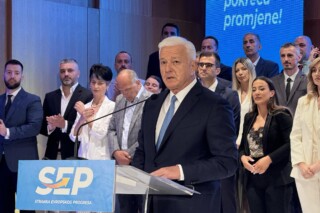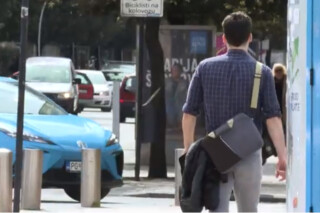Montenegro is not going to construct border crossing point on Čakor since there are only 11,5 km of distance from that passage to the borderline with Kosovo.
Besides, as the representatives of the Ministry of Interior said, the construction of the jointly operated border crossing point Kotlovi (Montenegro) and Kućište (Kosovo) has already been agreed.
President of the Municipality of Plav, Mr Mirsad Barjaktarević, has recently launched an initiative on the construction of the border crossing point on Čakor since that would have economic benefits for both sides. Only one border crossing point (Kula Savine Vode) between Montenegro and Kosovo is currently in function.
In 2015, governments of the two countries signed an agreement on the construction of the Kotlovi-Kućište border crossing point. The agreement came into force in 2015 and expert commissions for its implementation were formed.
“Montenegro delivered to Kosovo draft design brief and the conceptual design for the main project of the construction of jointly operated border crossing point Kotlovi-Kućište. Furthermore, preparation of the project documentation was planned, having in mind that the construction of this border crossing point is crucial prerequisite of efficient cross-border cooperation between Montenegro and Kosovo”, said the representatives of the Ministry of Interior.
In 1999, KFOR closed the Peć-Čakor-Murino road by placing obstacles and pyramids on the borderline between the two countries. Representatives of the Ministry of Interior remind that no checkpoint or border crossing point existed back then.
There are 28 border crossing points in Montenegro – 19 in road traffic, 5 in maritime traffic, two in air traffic and two in railway traffic. Construction of new border crossing points is in plan.
Representatives of the Ministry say that they are constantly working on the construction, reconstruction and adaptation of border crossing points, as well as on the provision and installation of contemporary technical check means, with the aim of speeding up traffic of people and goods.
Ministry of Interior is now recognized as the central authority in the process of integrated border management, envisaged by the Schengen Action Plan.




